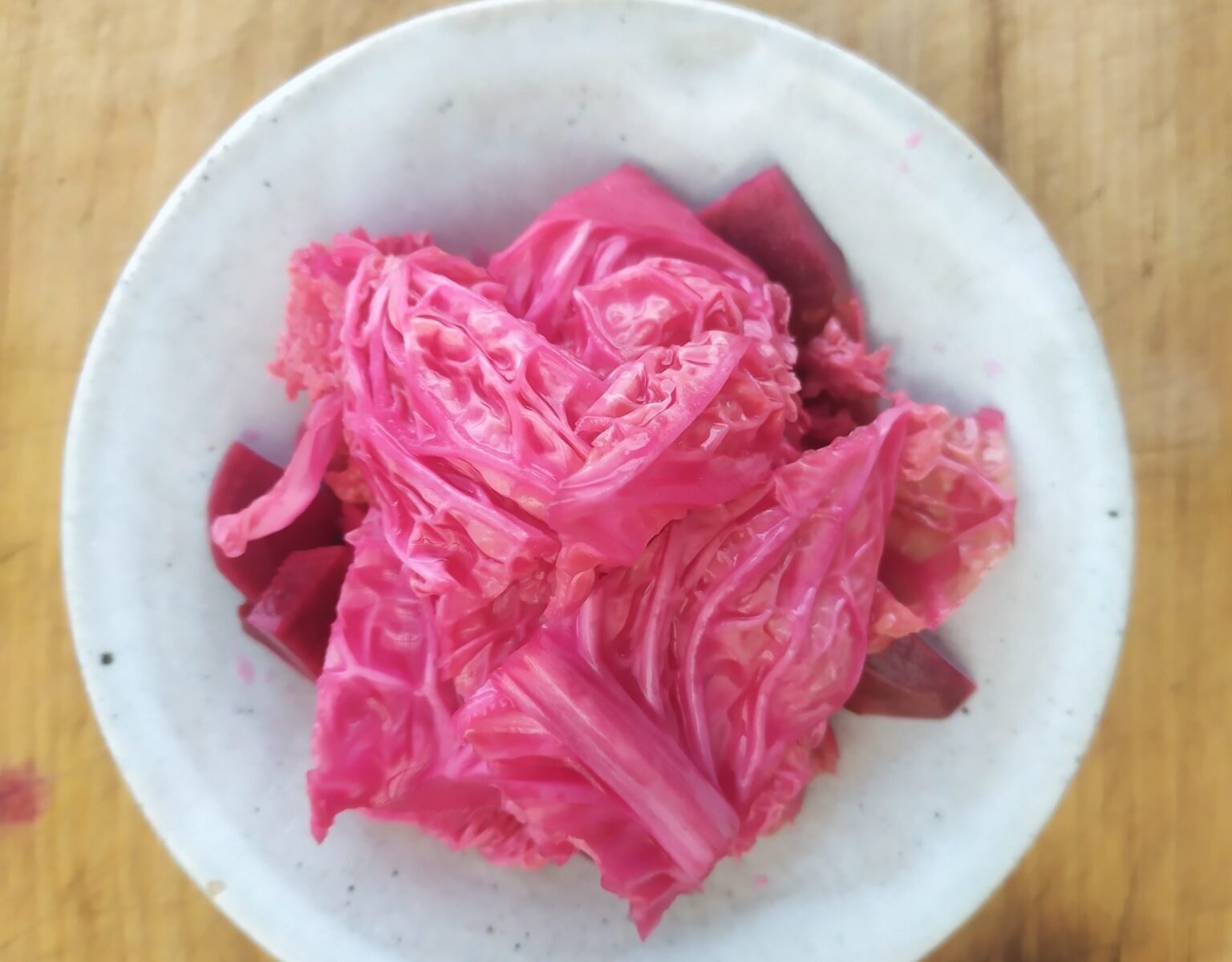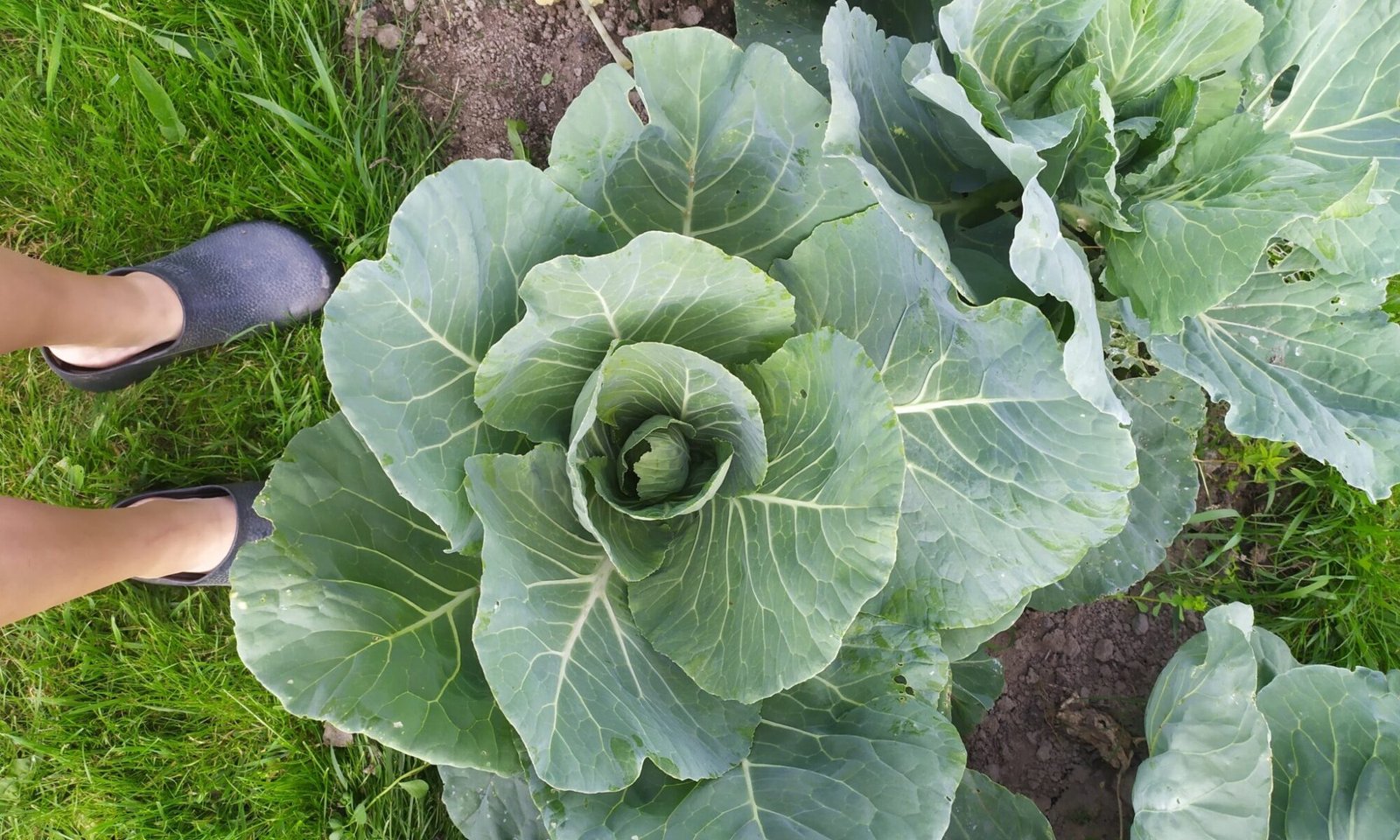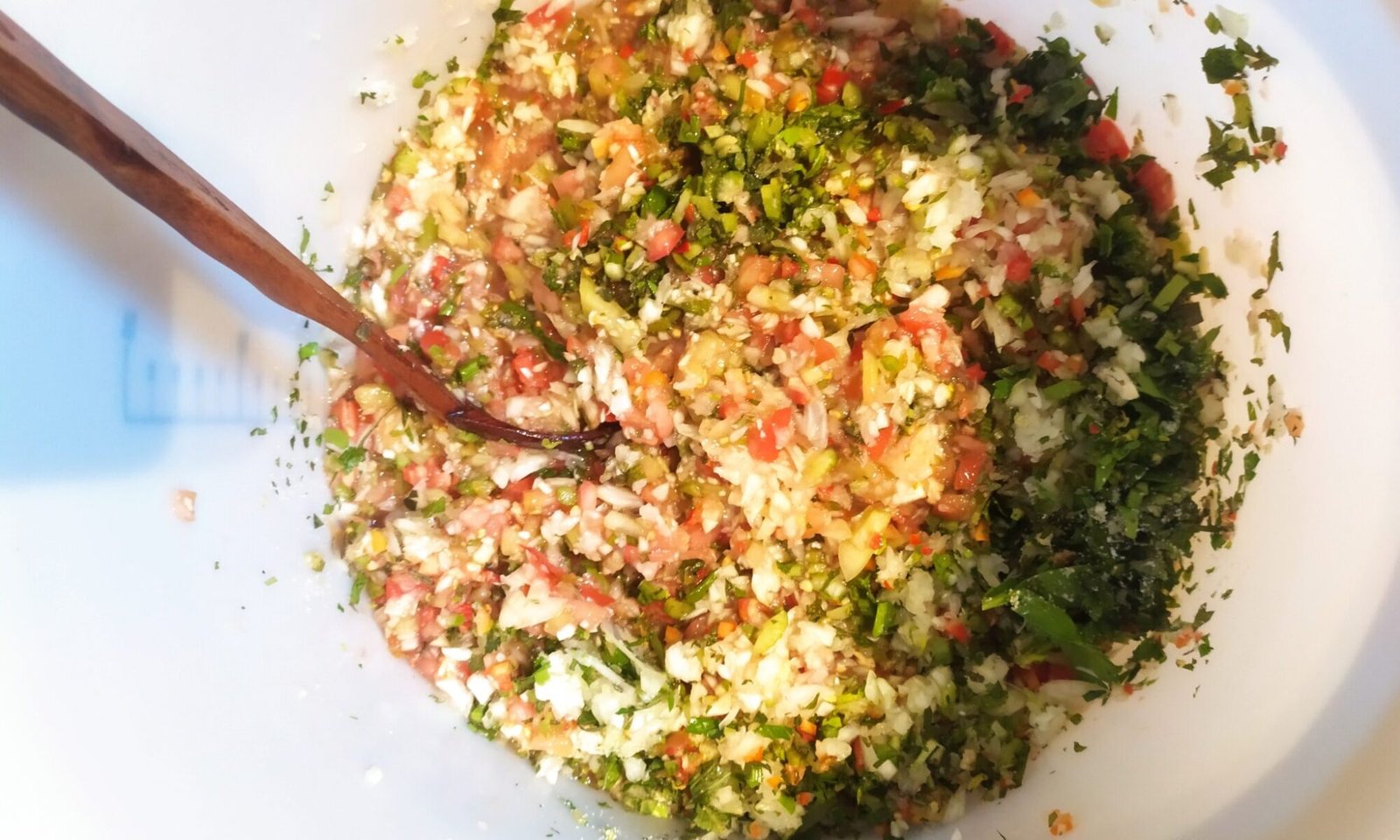My favourite ferment of the moment is peperoncino, due in no small part to an overwhelming harvest of yellow chilis from seeds I have been saving for some years now in Sweden. Their transition to Portugal was…explosive. I have harvested no less than 4 kgs of chilis from one single plant and was forced to cut it back drastically as it all but taken over our small greenhouse. I have dried a lot but also made plenty of this condiment which we use on pretty much everything.


Here’s how you make it:
lice your fresh chilis, seeds and all, pack them into a jar or vessel, cover with a 4% salt brine. Put the lid on (use a weight if fermenting in a larger vessel). Ferment at room temperature for four days. Then strain them, discarding, or finding a use for the spicy brine. Pack the chilis into small jars, use food grade gloves if you have them to prevent chili burn, fill the jar with olive oil and close the lid. Place your jars in a pot of water and bring to the boil, boil for 5 mins then let the sit in the hot water for another 10 minute, as it cools the jar will seal.
So, it’s not probiotic, but it’s so good!
















